Welcome to GMs Corner. A new curated collection of opinion pieces from our local GMs.
Hello!
Welcome to the first installment of the GM’s Corner here at Dice Dungeons. This will be a section where we discuss GM things; from how to get over your anxiety as a first time GM to tips and tricks even pros can use.
This time, I have been specifically asked to talk about a subject that I am very passionate about, and have only seen discussed in one buried thread in some orphaned forum somewhere:
You are rolling your d100 rolls wrong.
Now, it’s probably not your fault; these things get passed on from GM to player, and then from player to other players… like some sort of transferable disease. Don’t understand what you’re doing wrong? Let me show you.
Ok, First off, I’m talking about rolling a percentile die along with a d10. If you’re rolling an actual d100, well, this discussion isn’t for you. Let’s look at our dice, shall we?
The d10 is a pretty common damage die used in various RPGs, ranging from a d20 system like Dungeons & Dragons to 2d6 systems like those using the Powered by the Apocalypse engine. Let’s go over what each side means when rolling it in this context, shall we?

Now, let’s take a look at the percentile die. This has a very similar numbering scheme to the d10, with one very important distinction: there is an additional 0 after each number. These are used to denote the zeroes, tens, and nineties place.

Now, you might be saying, “Uh, yea. Obviously. This is a dumb article written by a dumb-o”. Well, let’s just reserve that judgement until after this next bit, ok?
So, in order to get a d100 roll without using an enormous golf ball of a die, we roll a percentile die and a d10 and add the result, right?
For instance, this is 37.

And this is 82.

And this is 69. Nice.

But what, I ask you, would you call the following roll?

Every single person I know would call this roll a 50. You’re treating the 0 on the d10 as an actual 0. OK. So, then I ask of you, what is the following roll?

Well, that’s obviously a 7. You have 00 on the percentile, and a 7 on the d10. It can only be a 7. It sure as heck isn’t 107, right? Because that’s outside of the range of the d100 roll, right? Because a d100 roll is from 1-100, right?
Everything I’ve shown you so far is fine.
Or it would be, if it weren’t for one little thing…
You see, you cannot treat both the 0 on a d10 as a zero and the 00 on the percentile die as the ‘zero’s place marker’.
It works for the most part, sure. A 10 would be a 10 and 0 on the percentile and d10. Same works for 20, 30, etc…
But, dear friends, how do you roll a 100 this way?
Most people would say a 00 on the percentile and a 0 on the d10. BUT, given the facts I’ve just carefully laid out, that violates the rules you determine the rest of your rolls by. A 00-0 roll would, technically, be a straight up zero.
Instead of a 1-100 scale, you’ve made yourself a 0-99 scale.
“Oh God, you’re right! How could we have been so stupid? How can we possibly repair this travesty?!” you cry out. Well, I’m benevolent enough a GM that I wouldn’t destroy your world view if I didn’t have a better one to replace it with. And, honestly, it’s pretty simple:
TREAT THE d10 THE SAME WAY YOU’VE ALWAYS TREATED IT.
This way, everything works out perfectly. You can’t roll a zero; a 00-0 roll would be a 10. A 00-1 would be a 1. 90-0 is the coveted 100 roll. Sure, a 40-0 roll being a 50 isn’t immediately obvious, but this is the only internally consistent method I can see here.
-----
Maybe you don’t want to change. That’s fine; change is hard. But know, fellow GMs and players, that the method you’re using is invalid. You’re changing the rules for different cases.
In a world where consistency in rules and mechanics is required, why too wouldn’t it be required when rolling the dice?

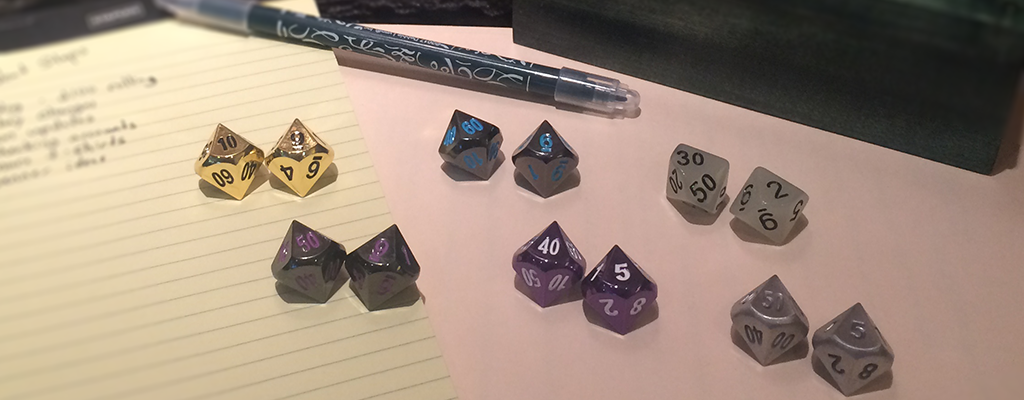
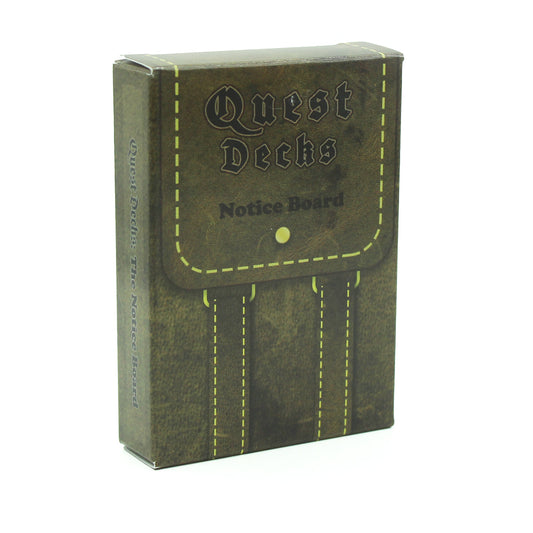
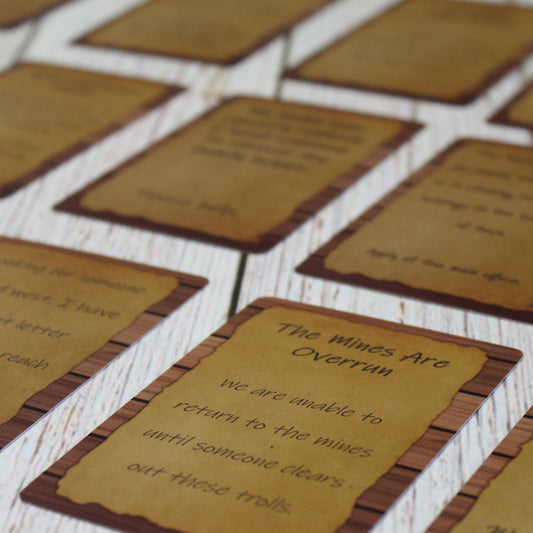
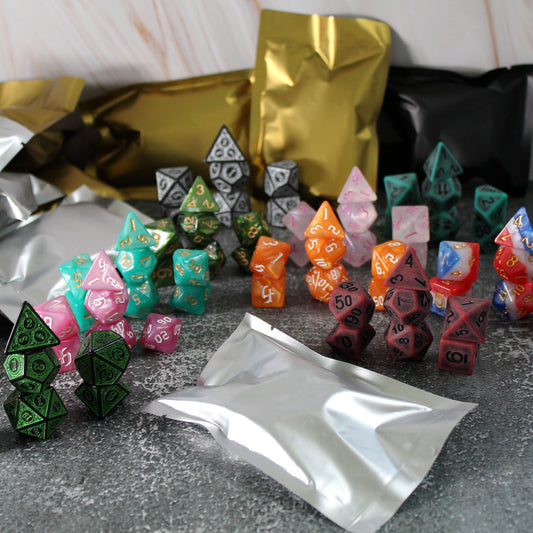

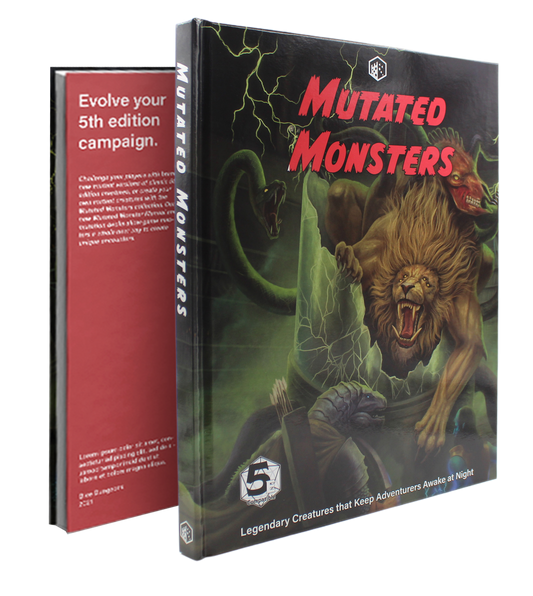
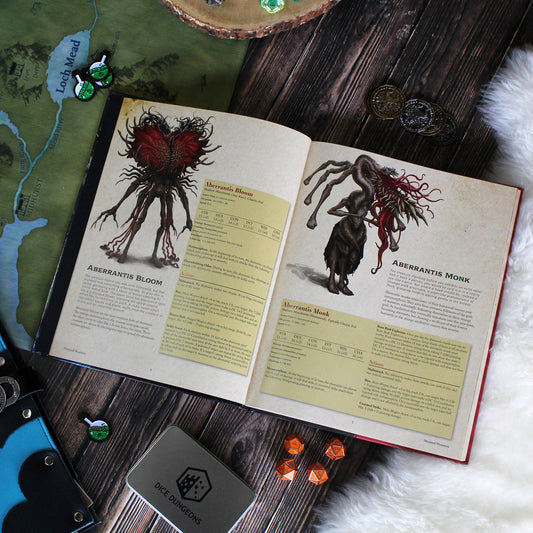

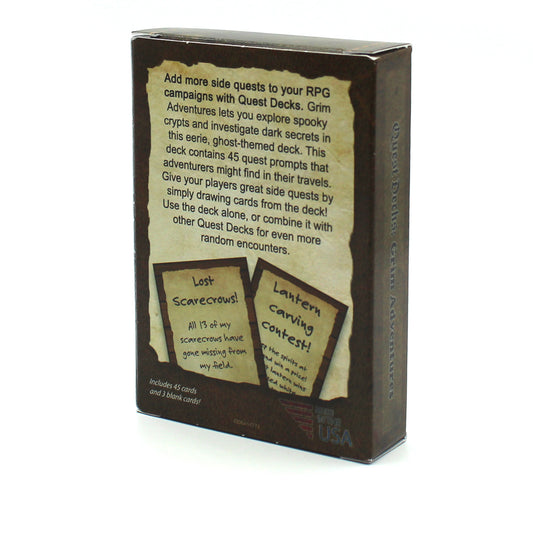
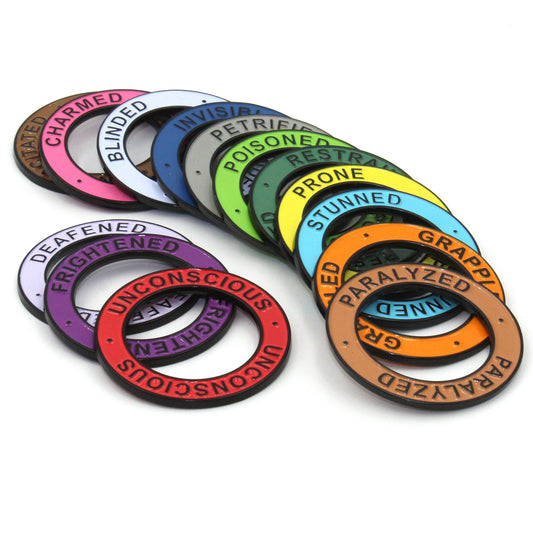
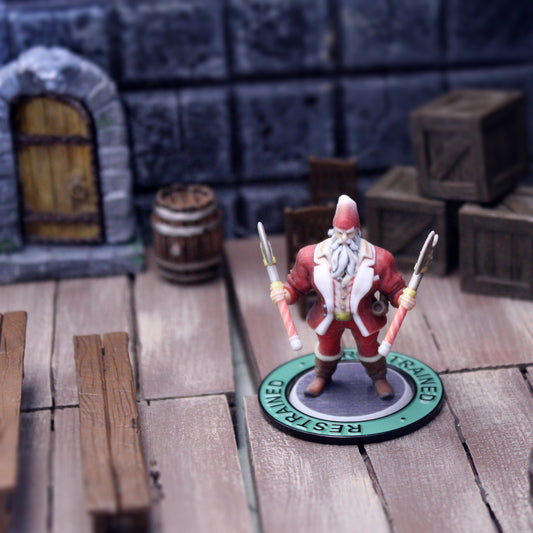
129 comments
a set of percentage dice is not an excellent randomizer for percentages because it can only literally produce ‘whole’ numbers between 0 and 99. if you want to roll for a random percentage and NEED to include a possibility of both 0 and 100, other rules to rolling or other dice need be included as well.
dice aren’t hard-coded, however, and for circumstances in which the TTRPG’s rulebooks have not established rules for rolling and reading dice, the DM is free to establish their own since the general purpose of dice rolling is to generate a value out of a given range through the most valid means of randomization available
the easiest interpretation of percentage die is to value 00-0 as 100 because the established pattern of dice rolling in D&D is for the value of a roll to be between 1 and the number of sides on the dice. there are 100 possible number combinations on a set of percentage die, and so for the sake of practicality we can view the possible values of a percentage roll to be between 1 and 100 and not 0 and 99.
we can view it as 0 and 99 if we want to though. because we can and we feel like it. DMs aren’t robots doling out a pre-programmed experience, TTRPG play is fluid to the experience of the players and the structure of their story. personally, if I were to use percentage die as a literal percentage generator, I would use two sets to represent fractions of a percent as well. for this setup, a 00-0.00-0 would still be 100% since a 0.01% represented by 00-0.00-1 would be just as unlikely and sting the player just as bad as a flat 0% would. otherwise I would leave the single set of ‘percentage die’ as a d100 and treat its values as 1-100 accordingly, because I’m not trying to give my players a reason to hate me and not want to come back
As long as the event space consists of 100 events of equal probability and the method is used consistently it doesn’t matter.
When d10s had only had single digits 00 represented 100 and you declared which die represented the tens or units place. Some people continued with this method when double digit d10s came out and treated 000 as 100. It isn’t right. It isn’t wrong.
The additive method guys like to say that 0 represents 10 on the single digit d10, and 00 on the two digit d10 represents 0. One die goes up by 1, the other by ten. They add the two together. Its fine. It isn’t right. It isn’t wrong.
Anyone claiming one is wright or wrong is, at least in that moment, being stupid. Anyone who claims that one gives some sort of advantage doesn’t understand basic probability.
‘Doing it wrong?’
No.
Less convoluted?
Yes. Because if I have to roll percentages for 7 people at my table at once (14 dice); I do so, typically in front of them and I’d rather not have some pedantic, smugly irritating debate with every new person or anytime someone forgets such an unintuitive and unnecessary method.
00+0=100. Everything else is face value. No mental gymnastics. No math fights. No taking time away from the game to go on a trip down some rabbithole like an armchair philosopher. 🤯
it is totally OK to count 00+0 as 100, only in case to you count any other 00 as 0, not 100.
regarding to Michael’s opinion that a d100 should result in average of 50.5:
first we consider all 00 are 0: result in d100 are in 0-99, on average of 49.5
then we calculate the 1/100 possibility of 00+0=100: 100/100 = 1. 49.5+1 = 50.5.
In a much easier method, you just change the 0 to 100 in 0-99 case, which you easily find it is as equal as 1-100.
5.5 × 10 isn’t 50.5…